Feeding a Pekingese the right amount is not as simple as it seems. They need a balanced diet to maintain their health, but due to their small size, they also need less food than larger breeds. Understanding the amount of food your Pekingese requires is vital to prevent health issues such as obesity, which Pekingese are prone to. This guide will help you determine the correct food portions and the potential monthly cost of feeding your Pekingese.
1. Assessing Your Pekingese’s Dietary Needs
A Pekingese typically weighs between 7 to 14 pounds, and their dietary needs can differ significantly based on their age, size, and activity level. A young, active Pekingese will need more calories than an older, more sedentary one. Always start with the feeding guidelines on your dog food’s label as a baseline and adjust from there.
2. Calculating Food Portions for Pekingese
An average adult Pekingese needs about 40 calories per pound of body weight per day. For example, a 10-pound Pekingese might need around 400 calories a day. It’s essential to divide their daily food intake into two meals to help prevent bloating and to maintain blood sugar levels.
Here’s a rough guide for dry food, which is typically fed to Pekingese:
- 7-9 lbs: ⅓ to ½ cup per day
- 10-14 lbs: ½ to ¾ cup per day
Remember, this will vary based on the food’s caloric content and your dog’s individual needs.
3. The Role of Dog Food Quality in Determining Quantity
The quality of the dog food you choose can greatly affect the quantity your Pekingese should eat. Higher-quality foods with more efficient, nutrient-dense ingredients often require you to feed less because they provide more calories per cup. In contrast, lower-quality foods may require larger serving sizes to meet your dog’s caloric needs.
4. Adjusting Diet Based on Age and Life Stage
Pekingese puppies grow rapidly and require more calories and nutrients in their diet than adults. They should be fed a puppy formula that supports growth until they reach about 80-90% of their expected adult size. Conversely, as Pekingese age, their metabolism slows down, and they may require fewer calories.
5. Weight Management and Portion Control
Given their propensity for weight gain, portion control is critical in the Pekingese diet. Using a measuring cup for their food, monitoring their weight regularly, and adjusting portions accordingly are key steps in maintaining a healthy weight.
6. Understanding and Addressing Health-Related Dietary Needs
Pekingese can suffer from various health issues, including respiratory problems, due to their brachycephalic (flat-faced) nature, and may require specific dietary considerations. For example, dogs with dental issues might benefit from softer foods, while those with respiratory difficulties might need smaller, more frequent meals.
7. The Impact of Treats on Your Pekingese’s Diet
Treats are an essential aid in training and bonding with your pet, but they can contribute to calorie intake and should be given in moderation. Ensure that treats do not exceed 10% of your Pekingese’s total daily caloric intake.
8. Can Pekingese Eat Human Food?
While some human foods are safe for dogs in small quantities, others can be harmful. It’s generally best to keep your Pekingese on a dog-specific diet and avoid giving them human food, which can disrupt their nutritional balance and potentially cause health problems.
9. Wet Food Versus Dry Food for Pekingese
Pekingese can eat both wet and dry food. Wet food may help with hydration and can be more palatable, but dry food is good for dental health and may be more cost-effective. Some owners opt to mix both to balance the benefits.
10. Special Considerations for Feeding a Pregnant or Nursing Pekingese
Pregnant or nursing Pekingese have higher nutritional demands. A pregnant Pekingese will gradually require more food, with the need for additional calories peaking during lactation. Consult your veterinarian for a feeding plan that supports these increased energy needs.
11. Transitioning Foods: How and When?
Changing your Pekingese diet should be done gradually over a week or so, mixing the new food in with the old in increasing amounts. This helps prevent digestive upset and allows your dog to adjust to the new food.
12. Monthly Feeding Cost for a Pekingese
The cost of feeding a Pekingese will depend on the type of food and where you live. On average:
- Economy brands: If an economy brand costs around $1 per pound, and you feed ½ cup daily (about ¼ pound), the monthly cost would be around $7.50.
- Premium brands: Premium dog food might cost about $2 to $4 per pound. Feeding ½ cup daily could cost between $15 and $30 monthly.
Keep in mind that these are just estimates. Prices can vary widely based on the brand, formula, and where you purchase your dog food.
Our 5 Top Foods for Pekingese
The diets were selected by our founder Justin Palmer, a certified canine nutrition expert, specifically with Pekingese in mind:
Conclusion
Feeding your Pekingese the right amount of food is a delicate balance that requires attention to their specific needs. This breed is prone to obesity, so careful monitoring of food intake is essential. By choosing high-quality dog food and regulating portions based on your dog’s age, size, and activity level, you can help ensure they maintain a healthy weight and condition. Regular check-ups with a veterinarian can provide personalized advice to meet your Pekingese’s nutritional requirements. Remember, investing in the proper diet for your dog is an investment in their health and well-being.
Frequently Asked Questions About Feeding a Pekingese

1. How often should I feed my Pekingese each day?
Adult Pekingese should typically be fed twice a day to help maintain their blood sugar levels and prevent bloating. Puppies, however, usually require three to four smaller meals spread throughout the day to support their higher energy needs and developing bodies.
2. Can Pekingese have a grain-free diet?
While grain-free diets have become popular, they are not necessary for all dogs. Pekingese can have grains unless they are allergic or have a specific intolerance. Always consult your veterinarian before switching to a grain-free diet, as it may not provide all the nutrients your dog needs.
3. How do I know if I’m feeding my Pekingese the right amount of food?
The right amount of food should keep your Pekingese at a healthy weight; their waist should be noticeable when viewed from above and their ribs should be palpable but not visible. Regular check-ups with the vet can also help ensure you’re on the right track with your diet.
4. What should I do if my Pekingese is gaining too much weight?
If your Pekingese is gaining weight, first consult with a veterinarian to rule out any medical issues. Then, consider reducing their daily food intake, eliminating human food from their diet, and increasing their daily exercise. It’s also crucial to measure their food accurately and limit treats.
5. Can Pekingese eat raw food?
Some owners feed their Pekingese a raw food diet, believing it to be more natural or healthier. However, raw diets come with risks such as potential bacterial contamination and nutritional imbalances. Always consult your vet before starting a raw food diet.
6. How much water should my Pekingese drink?
Pekingese should always have access to fresh, clean water. Generally, dogs should drink about one ounce of water per pound of body weight per day. However, this can vary based on activity level, diet, and environmental temperatures.
7. Is it okay to switch dog food brands for my Pekingese?
It is okay to switch dog food brands, but it should be done gradually over the course of at least a week to prevent digestive upset. Mix the new food with the old, slowly increasing the proportion of new food while decreasing the old.
8. Are there any specific ingredients I should look for in Pekingese food?
Look for foods that list real meat as the first ingredient and contain a balance of protein, carbohydrates, fats, fiber, and essential vitamins and minerals. Avoid foods with excessive fillers, additives, and artificial preservatives, which can be harmful to your dog’s health.
9. How can I tell if my Pekingese has food allergies?
Symptoms of food allergies in Pekingese can include itching, excessive grooming, skin infections, and gastrointestinal problems. If you suspect your Pekingese has a food allergy, consult your veterinarian, who may recommend an elimination diet to identify the allergen.
10. What human foods are safe to give my Pekingese as a treat?
Safe human foods for Pekingese include plain cooked chicken, turkey, carrots, green beans, and apples without the seeds. Always give these treats in moderation and make sure they are appropriate for your dog’s size and dietary needs. Avoid toxic foods like chocolate, grapes, and onions.
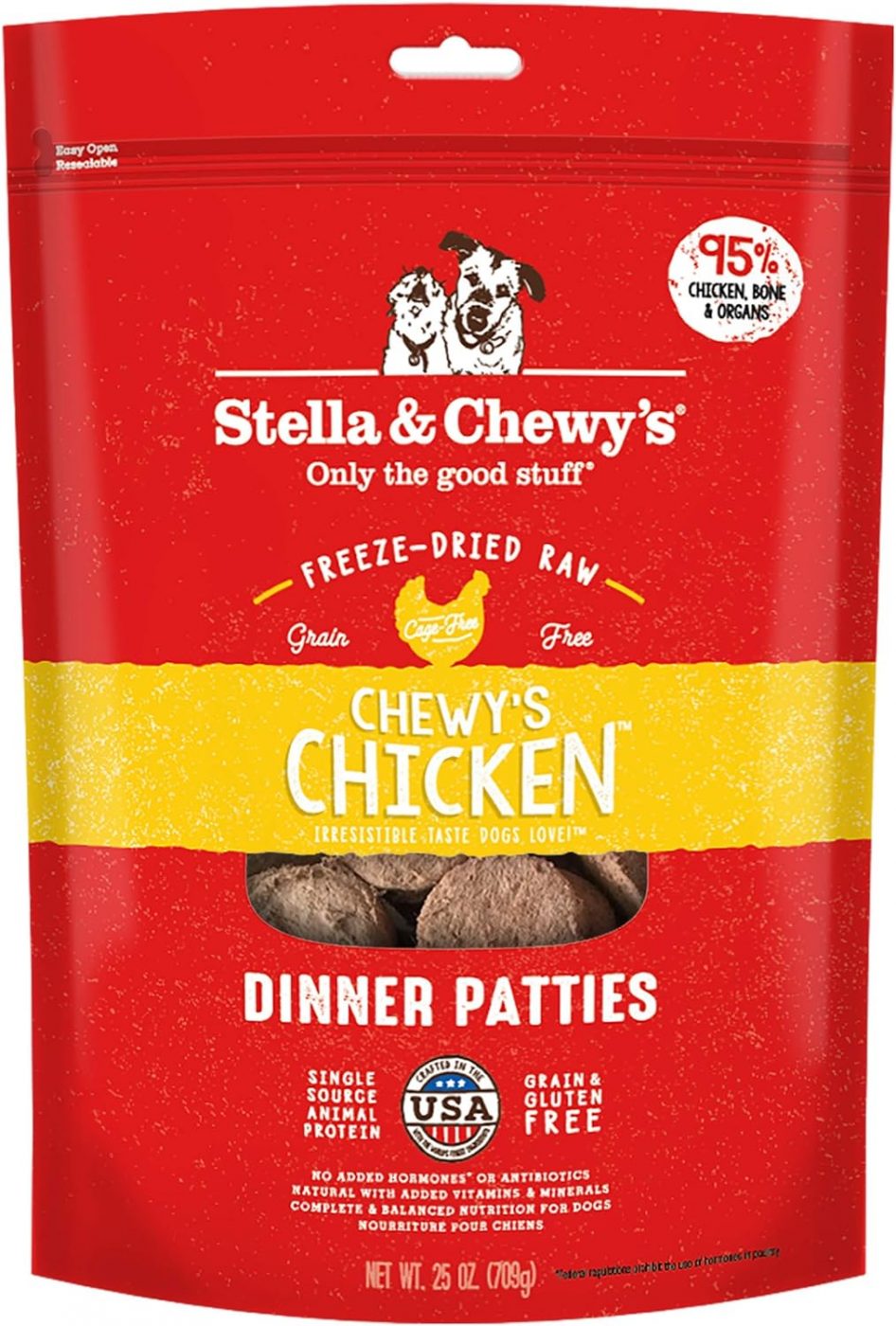
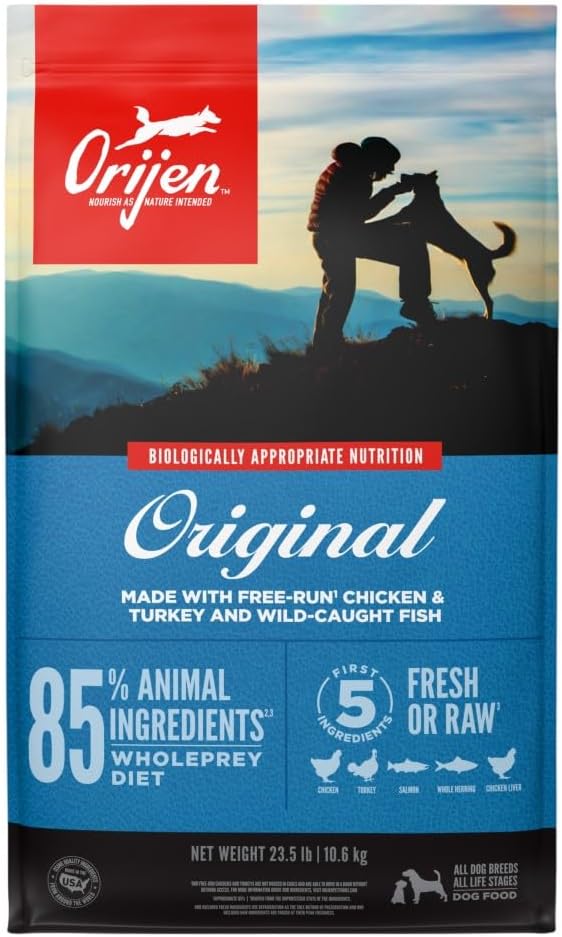
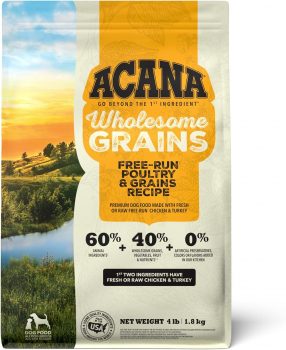
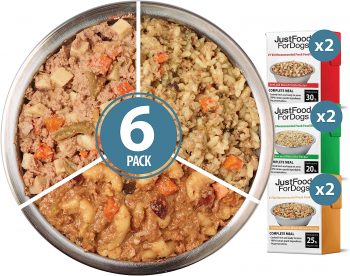
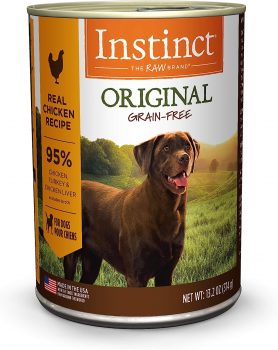
 Toledo, United States.
Toledo, United States.